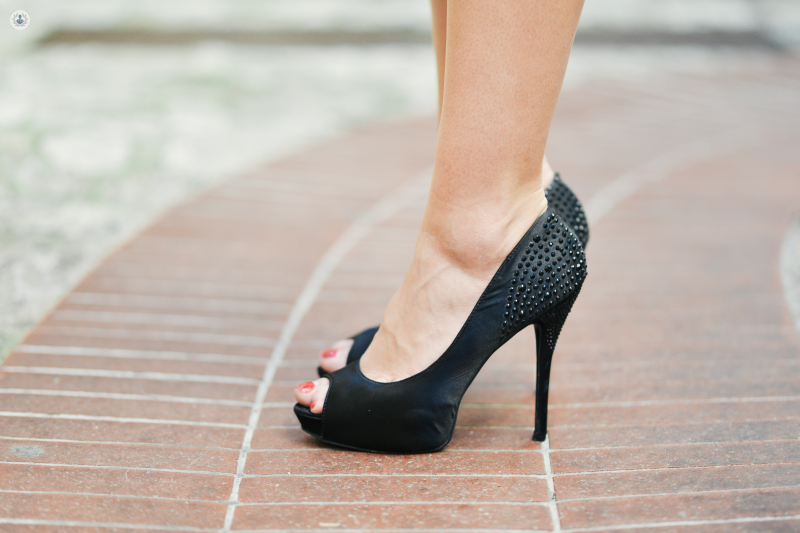FAQs about minimally invasive bunion surgery
Escrito por:Minimally invasive bunion surgery is the latest topic up for discussion in one of our latest medical articles here. Below, esteemed orthopaedic foot and ankle surgeon, Mr Anthony Perera, tells us all we need to know about the procedure.

What is a bunion?
A bunion is a common foot condition where the big toe deviates from its normal alignment, causing a protruding bump at the base of the toe on the inside of the foot. Fortunately, minimally invasive bunion surgery offers a more efficient and less painful solution for patients seeking relief.
What does minimally invasive bunion surgery involve, and what are the benefits?
Instead of long incisions, minimally invasive bunion surgery uses small, percutaneous incisions made through the skin of the foot. These tiny cuts greatly reduce the disruption to surrounding tissues, resulting in less swelling and post-operative pain.
By avoiding extensive tissue trauma, patients experience significantly less pain after surgery. Traditional bunion surgery often left patients uncomfortable and immobile for weeks, but minimally invasive procedures allow for quicker recovery.
The use of a burr (rather than a saw) to cut the bone during surgery accelerates healing. Patients can bear full weight on their foot almost immediately after the procedure, once feeling has returned.
What does recovery from minimally invasive bunion surgery entail?
After minimally invasive bunion surgery, it is highly recommended that patients follow these steps for a smoother recovery:
- Immediate weight-bearing: Patients will be fitted with a special post-op shoe, and you can bear full weight on your foot once sensation returns. This early mobility helps prevent stiffness and promotes circulation.
- Elevation and ice: Elevate your leg as high as possible during the first two weeks after surgery. Applying ice to your foot helps reduce swelling. Expect some swelling for three to six months.
- Gradual activity: While you can bear weight, limit activity during the initial weeks. Avoid strenuous exercise and keep your foot elevated when resting.
- Physical therapy: Consult a physical therapist for a personalised rehabilitation plan. For osteotomies (bone cuts), non-weight-bearing status for two weeks followed by partial progressive weight-bearing over the next four weeks is common. Fusion procedures may require non-weight-bearing or touch-down weight-bearing for six to eight weeks.
To schedule in an appointment with Mr Anthony Perera today, simply head on over to his Top Doctors profile.


